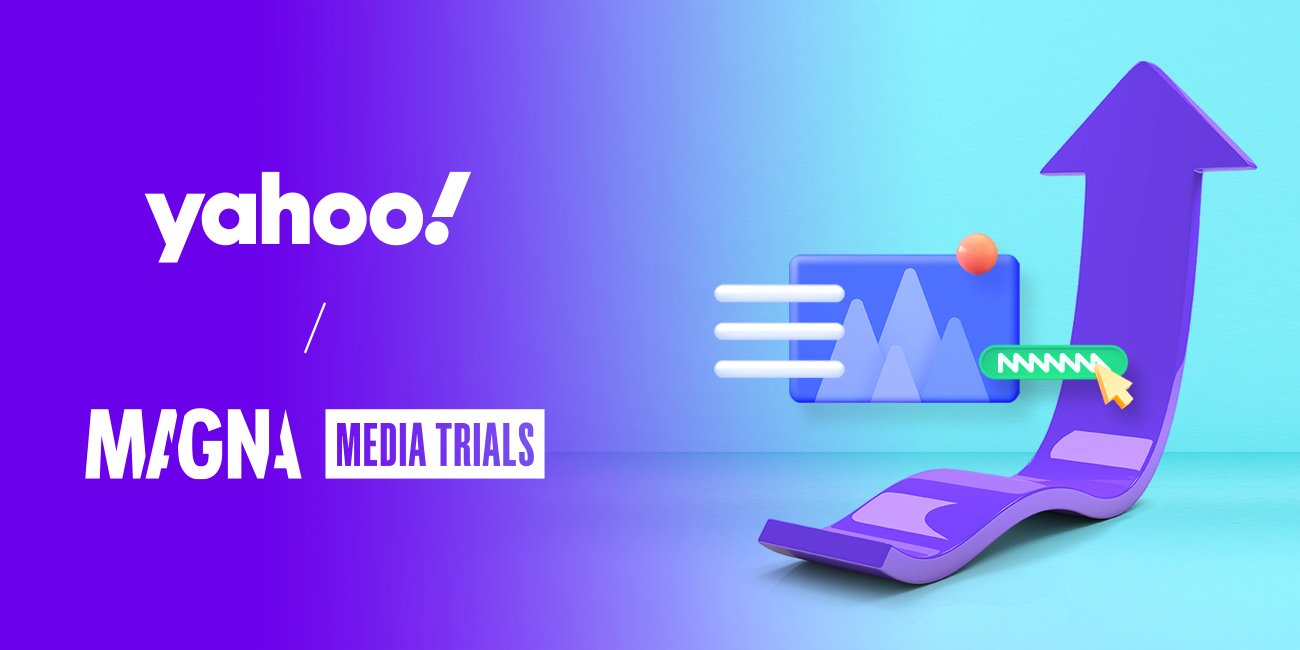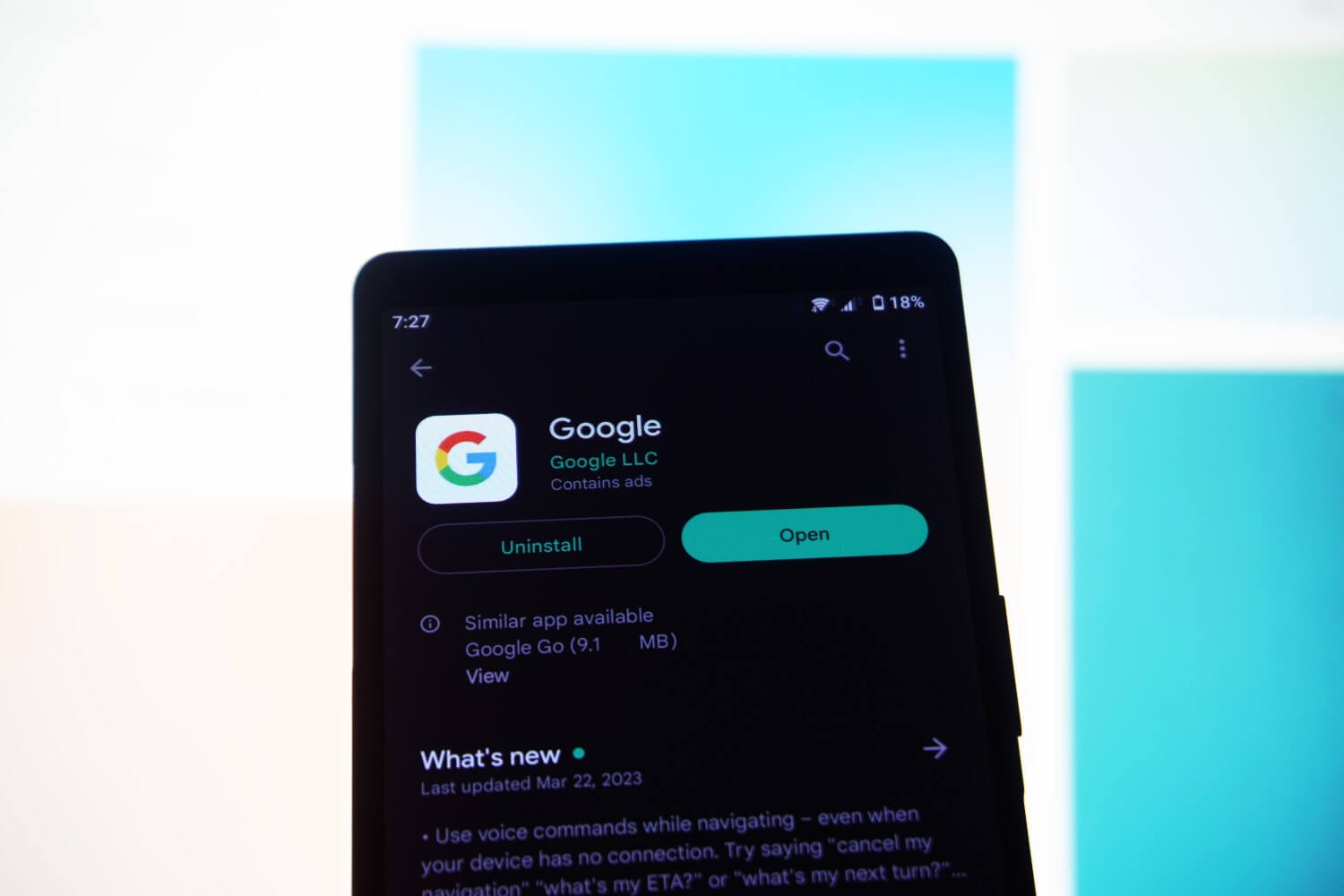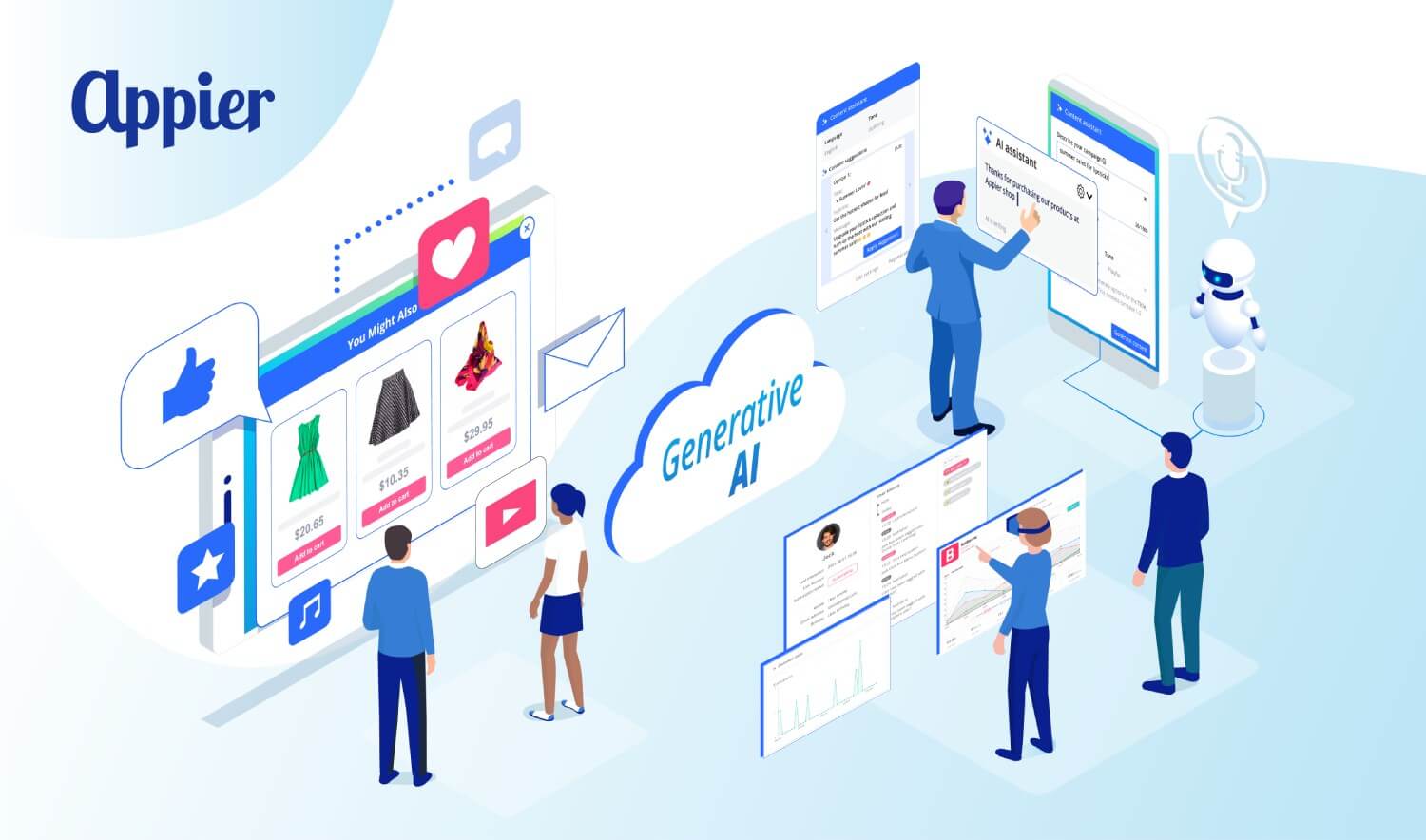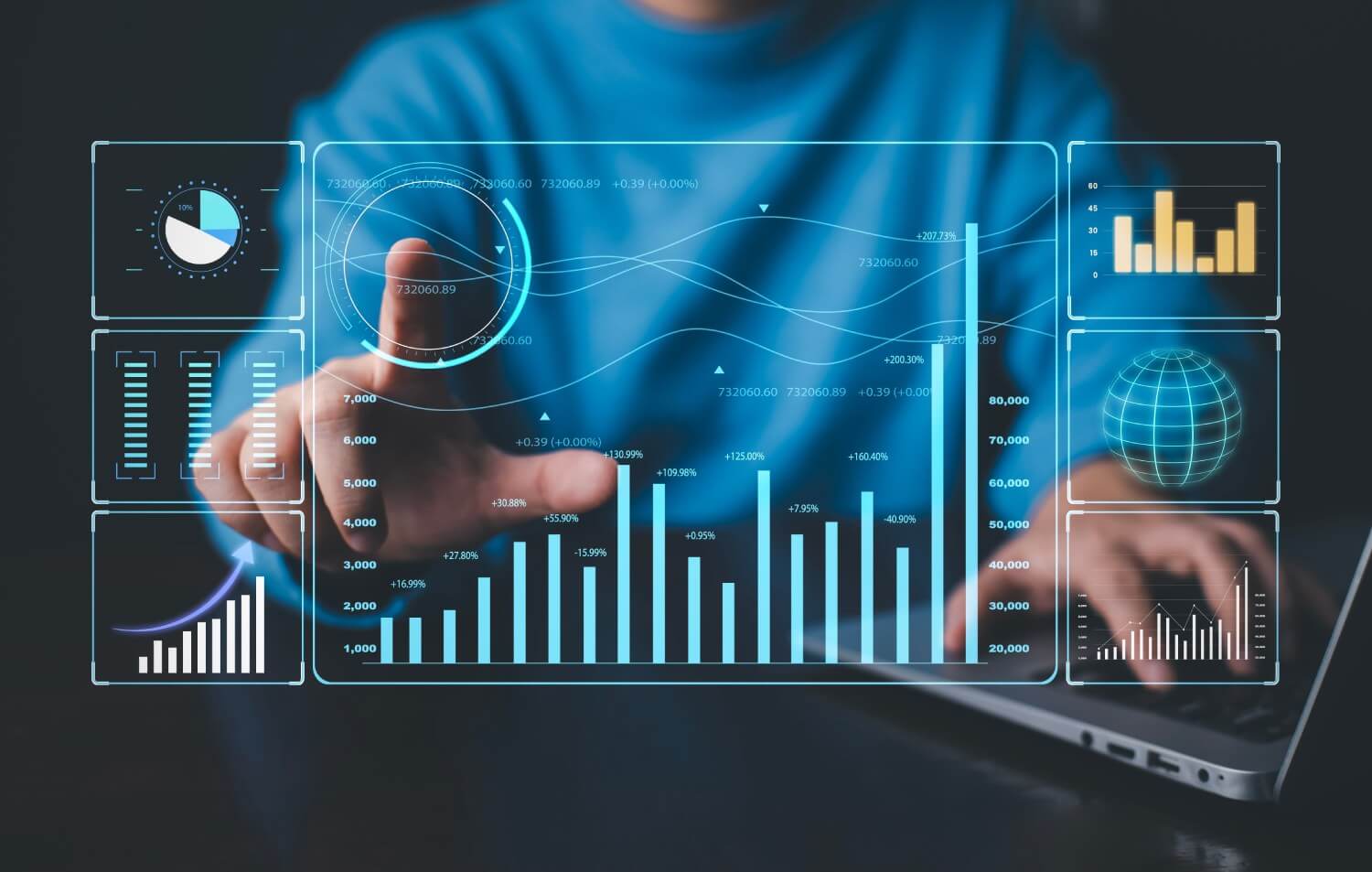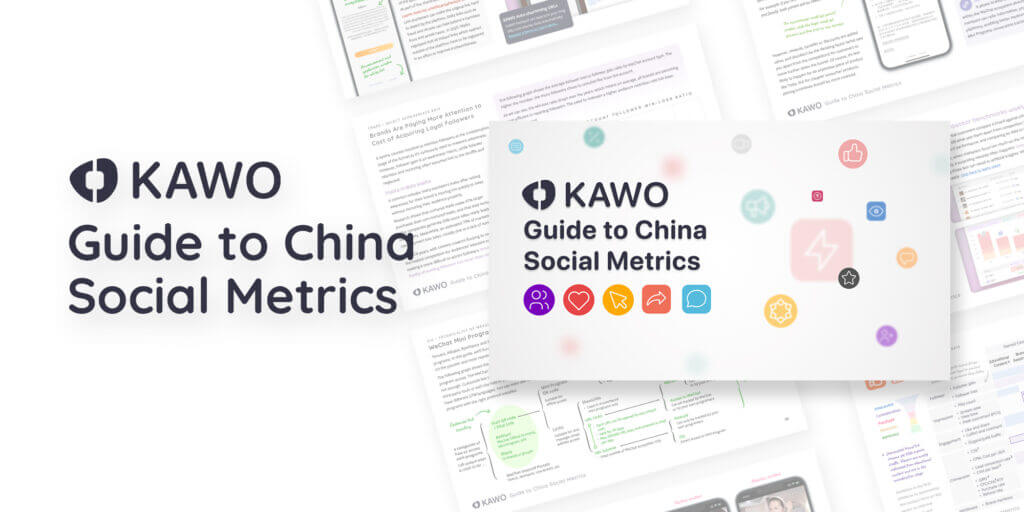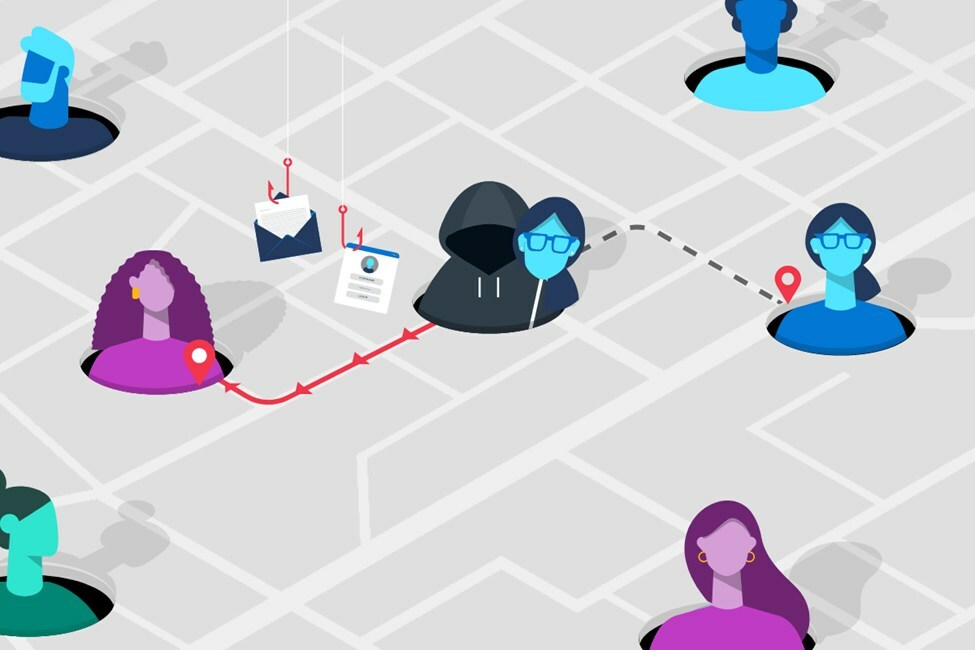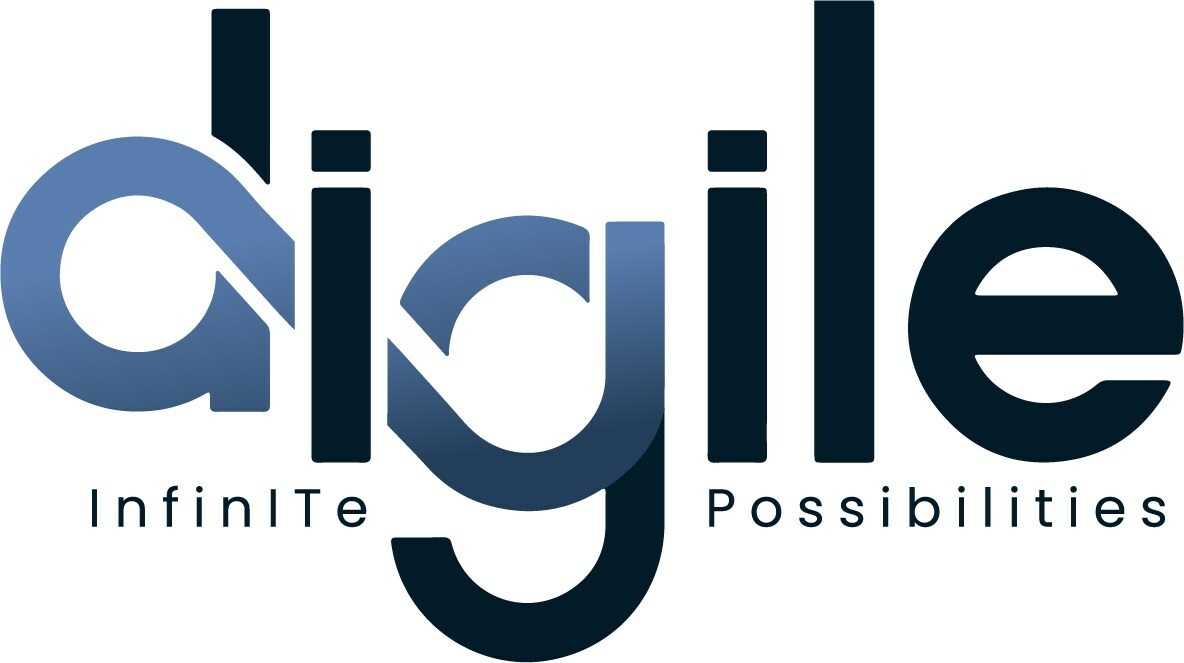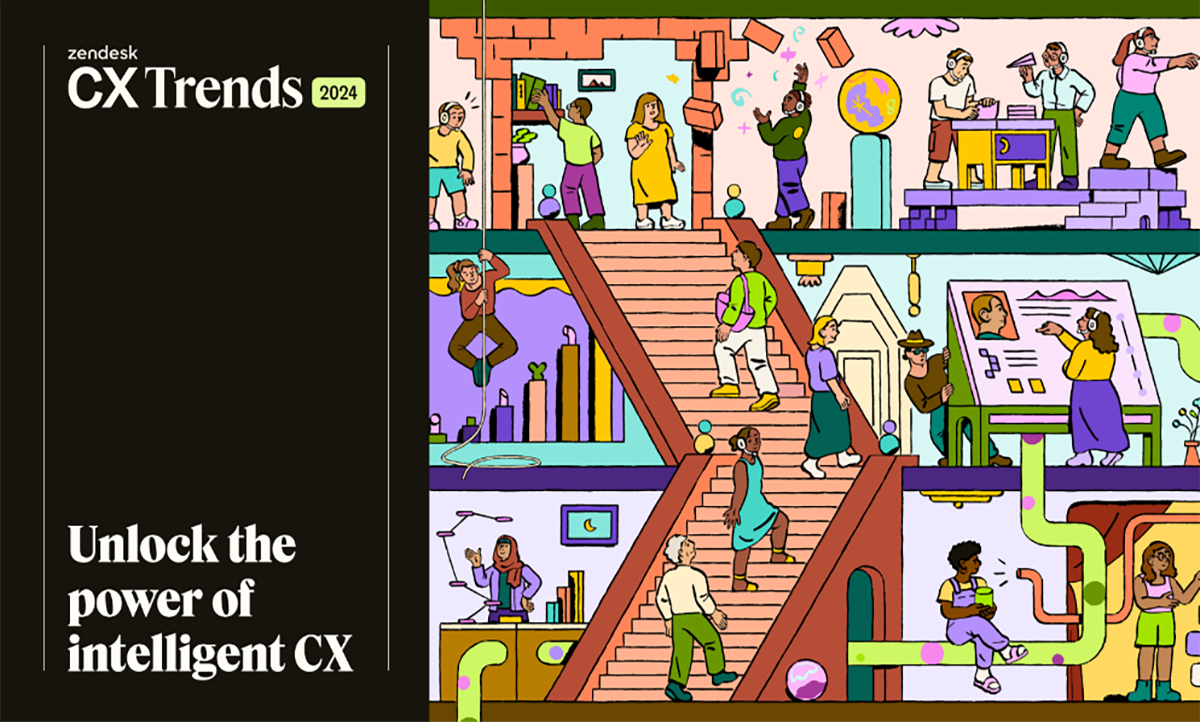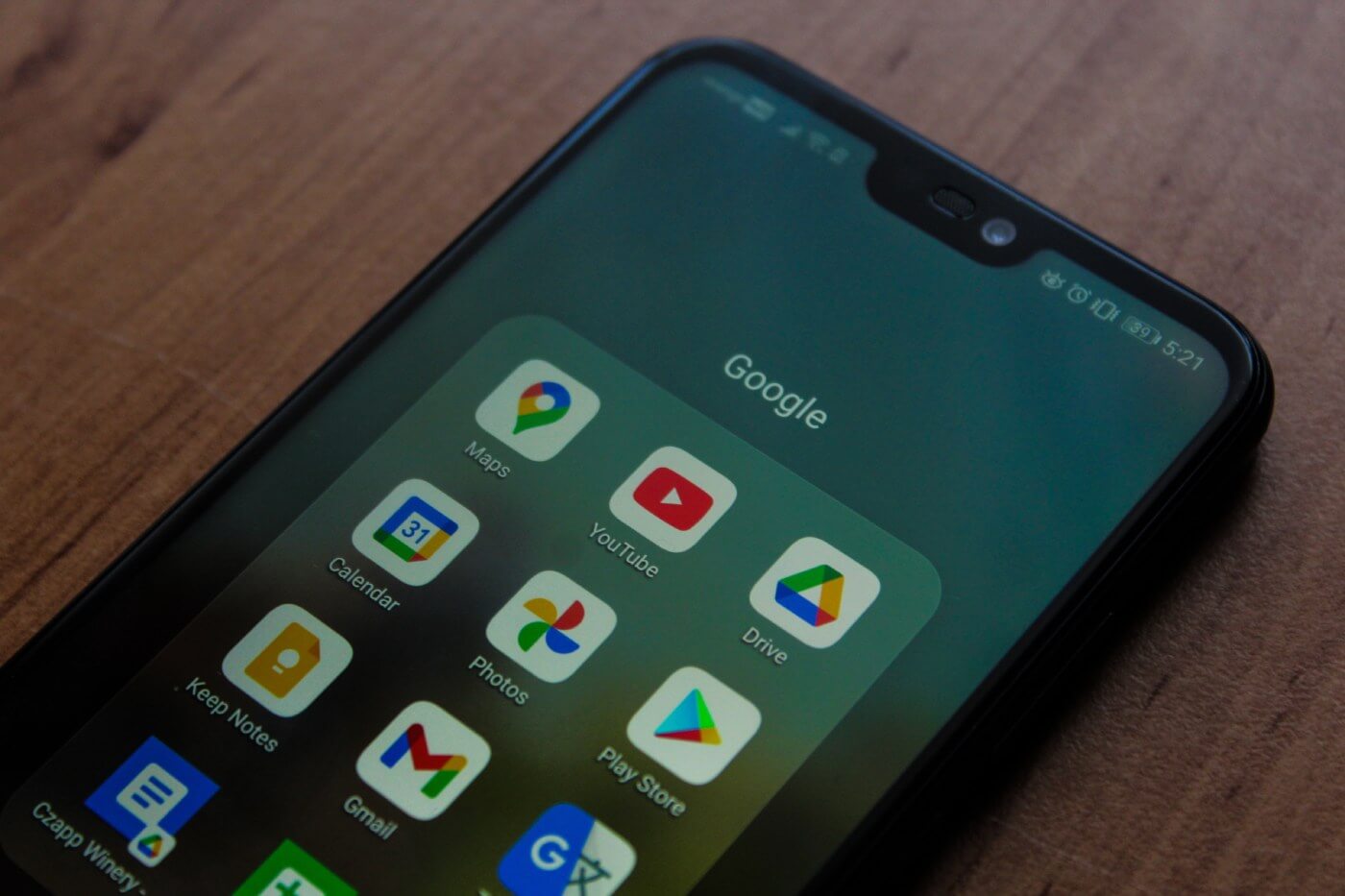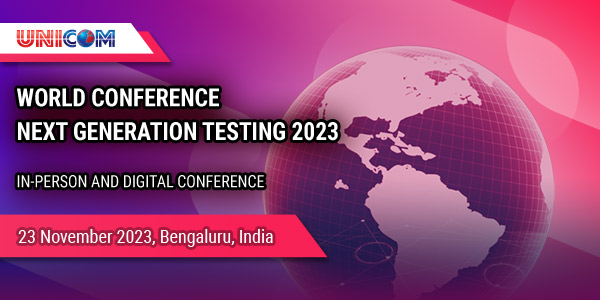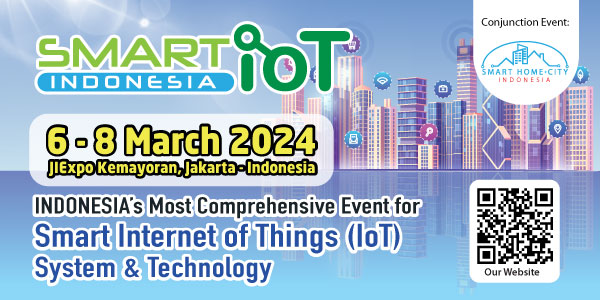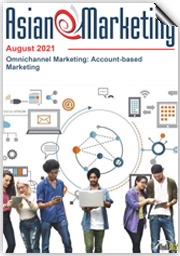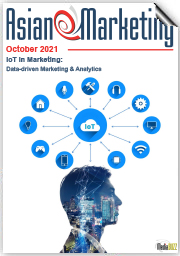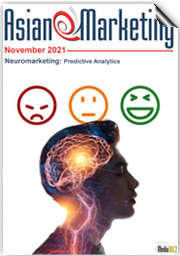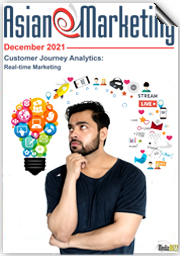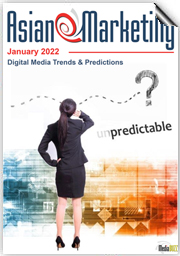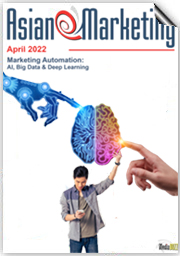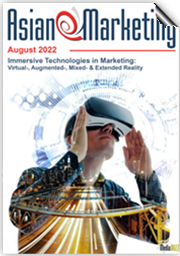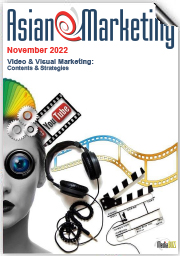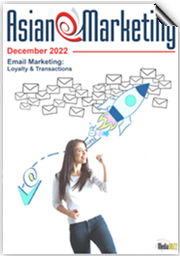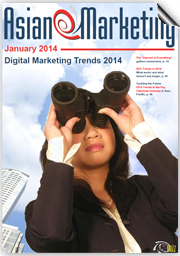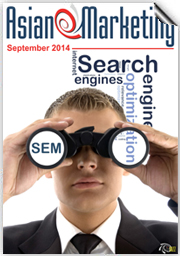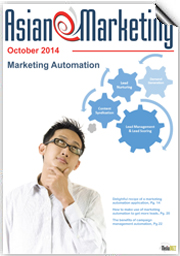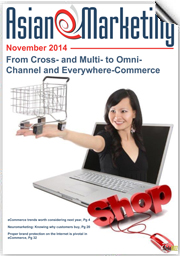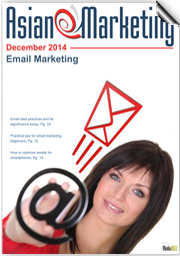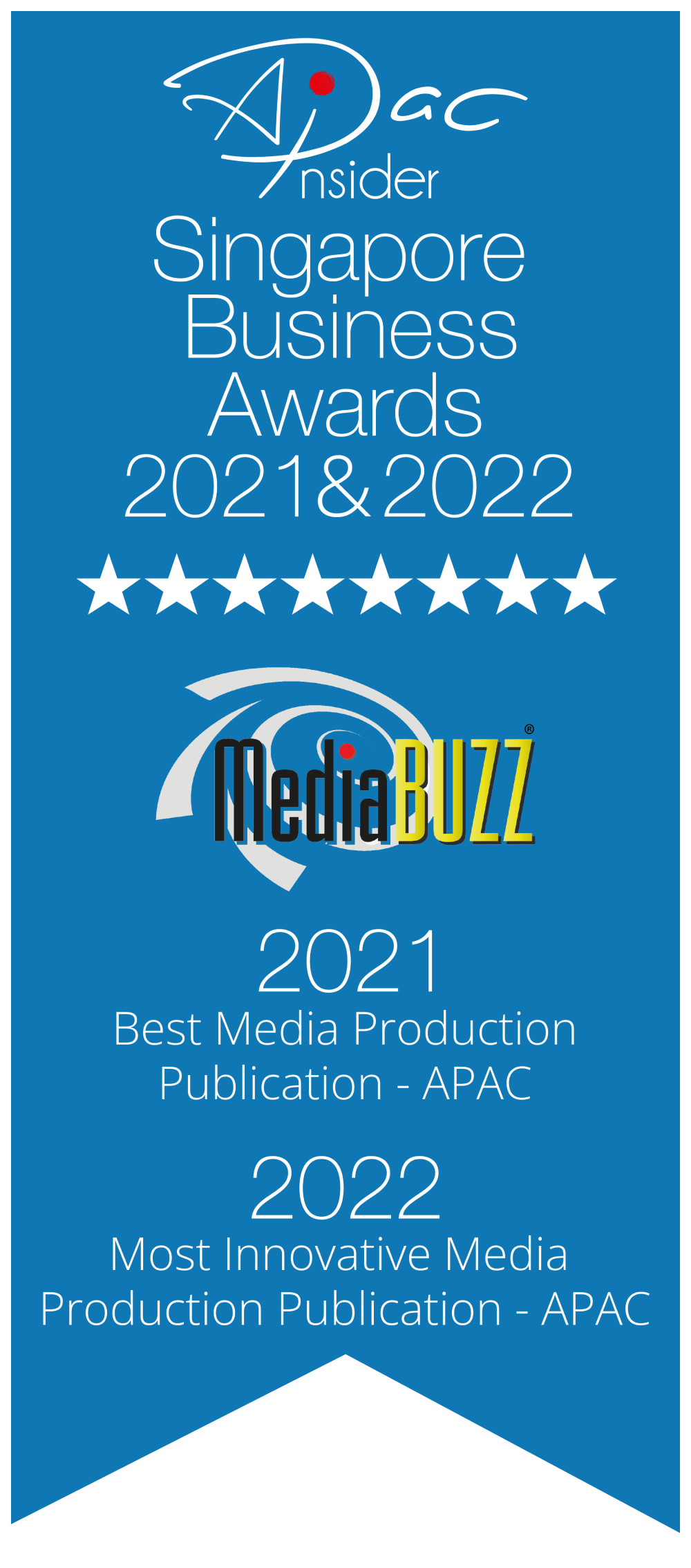- You are here:
- Home
-

New Study by MAGNA & Yahoo Urges Marketers to Pair Media Placement with Quality Creative in Order to Drive Stronger Ad Effectiveness
Media placement and creative work hand in hand when it comes to effective advertising strategies. A new study by MAGNA Media Trials and Yahoo set out to understand the role that creative quality plays in ad effectiveness, and the elements that contribute to quality creative. Creative, the Performance Powerhouse found that while media placement helps marketers find consumers where they are, creative quality was responsible for 56% of purchase intent, illustrating the strong performance of both tactics as they work together. The study suggests that marketers can greatly benefit from making small improvements to their creative in order to optimize ad performance, while also driving brand quality and trust.
-

SentinelOne enhances cloud security with Snyk
Prioritizing which vulnerabilities to fix is a challenge for software developers, and the complexities of modern apps and the software supply chain have only made things more difficult. SentinelOne, a global leader in AI security, is partnering with Snyk, the leader in developer security, to ease the burden by integrating Singularity Cloud Workload Security, its real-time Cloud Workload Protection Platform (CWPP) with the Snyk Developer Security Platform.
-

Enhanced Google Play Protect real-time scanning for installation of sideloaded apps
Google is making Google Play Protect’s security capabilities even more powerful with real-time scanning at the code-level to combat novel malicious apps. Google Play Protect will now recommend a real-time app scan when installing apps that have never been scanned before to help detect emerging threats.
-

Appier integrates GenAI into its products to optimize key marketing applications for businesses
Appier announces that it has integrated Generative AI (GenAI) technology into three major marketing capabilities across its product lines. By connecting its advanced GenAI algorithms with OpenAI's ChatGPT language model, Appier can leverage the power of pioneering technology to help businesses increase productivity through advertising keywords and targeting parameters generation; intelligent conversational chatbot creation; and marketing copywriting and automatic content generation.
-

Revealed: The most creatively effective digital & TV ads in Southeast Asia
The marketing data and analytics company, Kantar, revealed the winners of the 2023 Creative Effectiveness Awards in Southeast Asia, recognizing the most impactful ads of last year.
-

Zero in with ABI’s Research Spotlights on research that is critical to your success
The global technology intelligence firm ABI Research just announced the release of Research Spotlights, suites of research focused on key technologies and trends within the vast ABI Research Library.
-

Mutual exchange of threat intelligence and security innovations bolsters Singapore’s cyber resilience
Google and the Cyber Security Agency of Singapore (CSA) announced a strategic collaboration to bolster Singapore’s cyber resilience. This partnership covers four key pillars: threat intelligence sharing, joint operations, technical collaboration, and ecosystem development.
-

Meltwater Brings Powerful New Enterprise Suite to APAC
Meltwater, a global leader in media intelligence and data analytics, today announced the availability of Meltwater Enterprise Intelligence Suite, a comprehensive offering that promises vital insights and transformative impact to enterprise clients.
-

Annual report reveals continued surge in sophisticated bot attacks
HUMAN Security, Inc., a cybersecurity company that protects organizations by disrupting digital fraud and abuse, just announced the release of its 2023 Enterprise Bot Fraud Benchmark Report. The annual report provides insights into automated attack trends across enterprise use cases, including account takeover, brute forcing, carding, credential stuffing, inventory hoarding, scalping and web scraping.
-

KAWO’s "Guide to China Social Metrics" helps marketing teams translate KPIs into business success
KAWO, the leading social media management platform in China, has launched its 2023 “Guide to China Social Metrics.”
-

Microsoft Cyber Signals report highlights spike in cybercriminal activity around business email compromise
Microsoft has released its fourth edition of Cyber Signals, highlighting a surge in cybercriminal activity around business email compromise (BEC), the common tactics employed by BEC operators, and how enterprises can defend against these attacks.
-

Outlook of generative AI for the enterprise market is exciting but lacks a clear corporate strategy
The democratization and acceleration of generative Artificial Intelligence (AI) originated in the business-to-consumer (B2C) market with the release of popular applications like ChatGPT and Stable Diffusion. But the B2C market will barely scratch the surface of generative AI’s potential economic value.
-

Strategic merger of three digital technology firms in Asia
Three prominent digital services companies in Asia – Digile Technologies, Reveron Consulting, and Innopia Global – have merged to create a digital services powerhouse with a formidable presence in the Asian region.
-

GSMA report predicts tenfold rise in 5G mobile connections in Asia Pacific by 2030 as digital transformation gathers pace
5G will account for over two-fifths (41%) of mobile connections in the Asia Pacific (APAC) region by 2030, up from 4% in 2022, according to the GSMA's Mobile Economy APAC 2023 Report.

